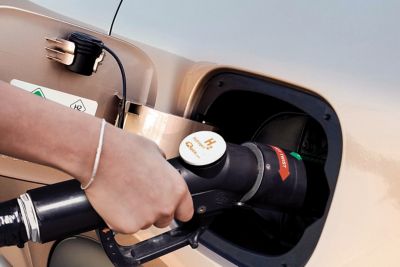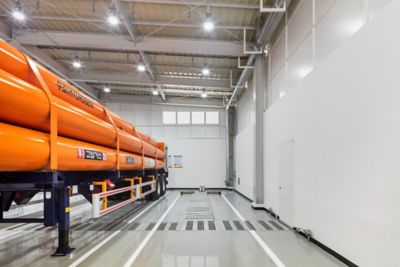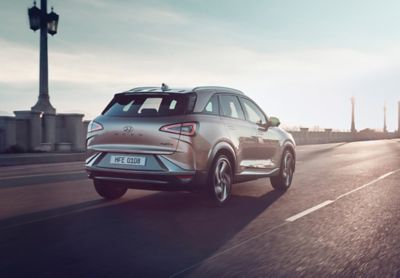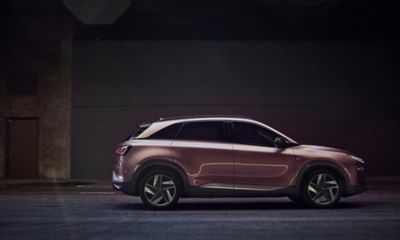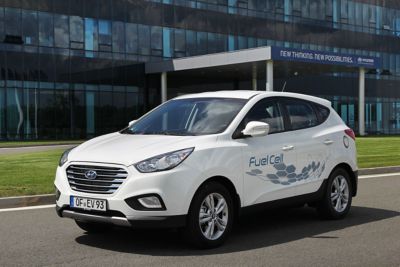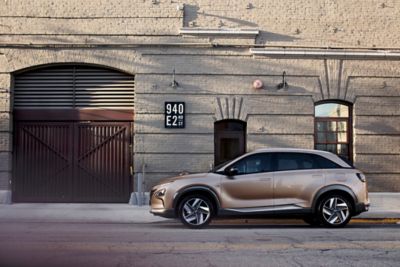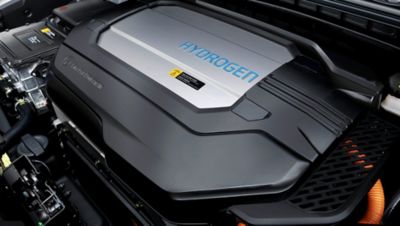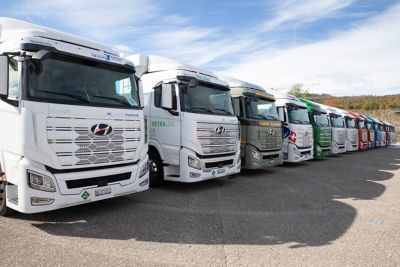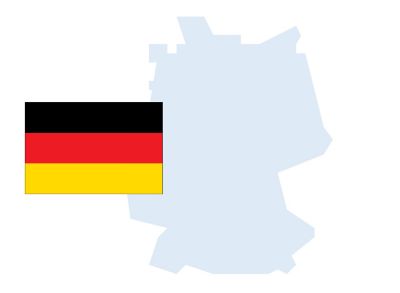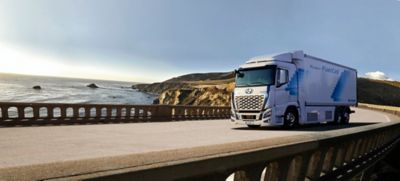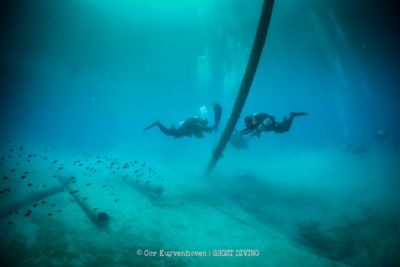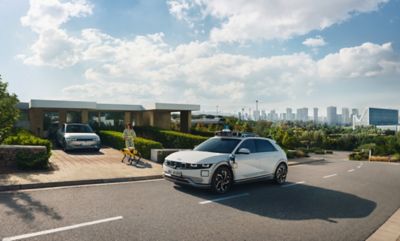Fuelling our sustainable future.
Hyundai became a global first-mover in hydrogen fuel cell technology with the launch of the ix35 Fuel Cell Electric Vehicle (FCEV), the world's first mass produced car powered by Hydrogen. Since then, we have introduced next-generation FCEVs, commercial FCEVs, and even future mobility solutions.
Why we need Hydrogen energy.
Attention on Hydrogen as a sustainable and effective energy source is growing, as our cities and societies continue to move toward alternative methods of energy production and storage. As one of the most abundant elements in the universe, hydrogen offers a long-lasting solution to the issues facing the energy sector today. The future of Hydrogen has never been more promising.
Green Hydrogen
Progress with positive energy.
Currently, most hydrogen is produced through an extraction method, which uses natural gas composed of carbon and hydrogen. This is cheaper than any other way but indeed emits greenhouse gas during the process. "Green" hydrogen lives up to the zero-emission promise and has been hailed "the fuel of the future."
Fuel Cell Vehicles
Coming together for an emission-free future.
In 2013 Hyundai launched the ix35 Fuel Cell, the first commercially mass-produced hydrogen fuel cell vehicle in the world. The vehicle’s quick refuelling time and long driving range, combined with its environmental conservation, provide greater benefits for all. Since then, Hyundai has launched the second generation, NEXO, and XCIENT, our fuel cell heavy-duty commercial truck.
How it works.
Understand the technology that drives hydrogen fuel cell vehicles.
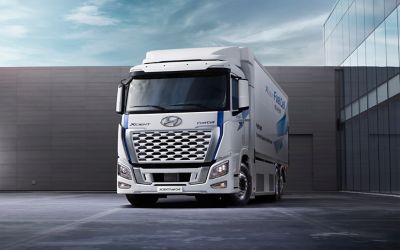
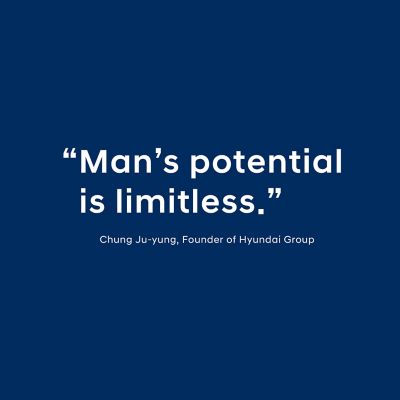
Committed to hydrogen in all modes of transportation.
Zero-emission commercial transport is already a reality in Switzerland. Hyundai is taking a two-pronged approach by putting fuel cell electric vehicles (FCEVs) on the road while working with local partners towards supporting the expansion of a hydrogen refuelling infrastructure.
5 million km in two years.
Starting in 2020, the company exported 47 units of the hydrogen-powered, zero-emission commercial trucks to 23 Swiss companies, which are using them for logistics, distribution and supermarket fulfillment. Now, in 2022, XCIENT Fuel Cell is the world’s first heavy-duty fuel cell truck to achieve 5 million km of cumulative driving in real-life customer operation.
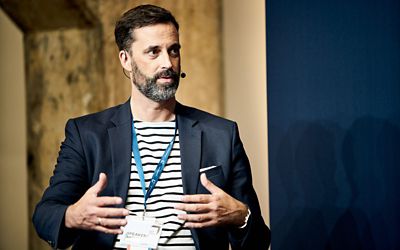
The experience we’ve gained and the milestone we’ve achieved in Switzerland will provide good insights to many countries that are preparing to transition to a sustainable hydrogen society.
